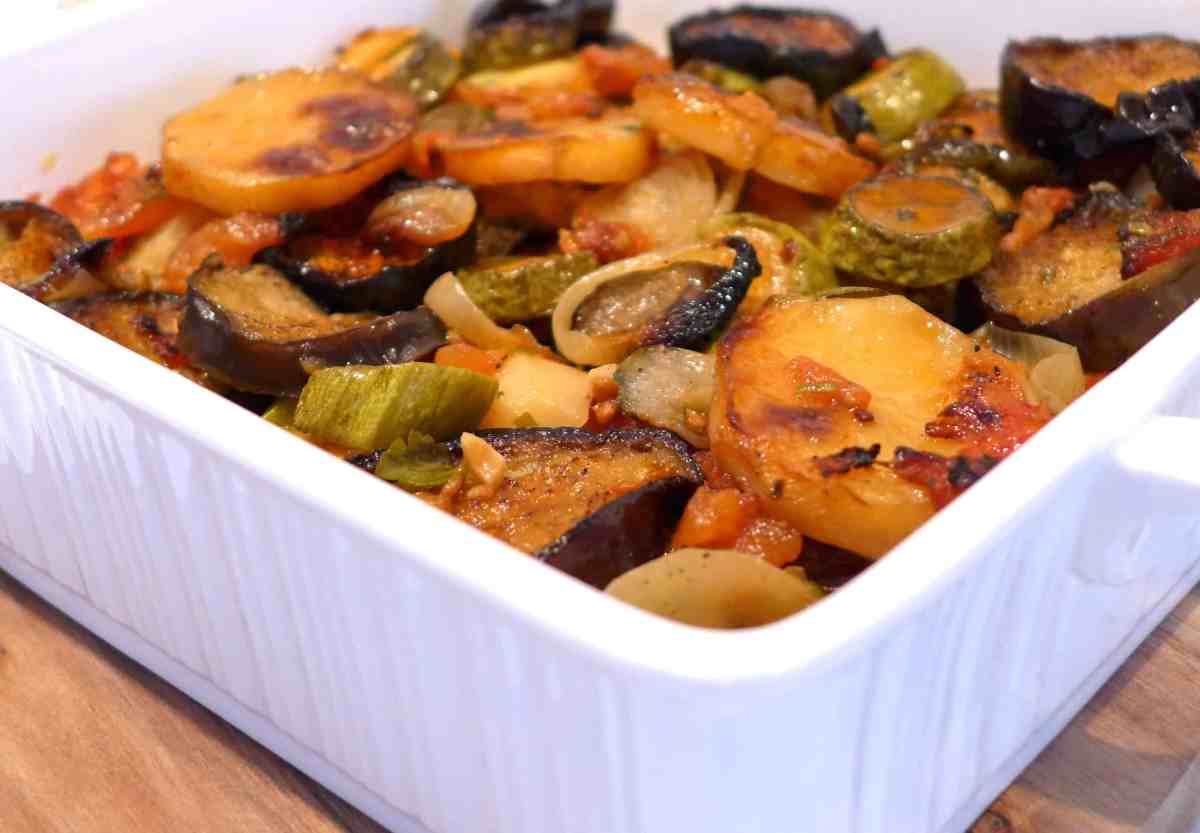Embark on a culinary journey through the sun-drenched landscapes of Greece, reimagining classic dishes with a low-carb twist. Imagine vibrant salads bursting with color and flavor, each ingredient carefully chosen to maximize taste and nutritional value without the burden of added carbohydrates. Picture a mezze platter, a mosaic of textures and tastes, where olives gleam under the light and creamy feta whispers of the Aegean Sea. Prepare for keto-friendly chicken dishes, infused with the aromatic herbs and spices of Greece, and discover the delightful lightness of low-carb seafood, prepared with techniques that enhance its natural flavors. This exploration unveils a world of delicious Greek-inspired cuisine, perfectly suited for those seeking a healthy and satisfying meal plan.
This guide provides detailed recipes and variations for Greek-inspired dishes, meticulously crafted to minimize added carbohydrates while maximizing flavor and nutritional benefits. We’ll delve into the art of creating visually appealing presentations, exploring the interplay of colors, textures, and aromas to elevate each dish. Learn to adapt classic recipes to fit a low-carb or ketogenic lifestyle, unlocking the secrets to creating healthy and satisfying meals without sacrificing the vibrant tastes of Greece.
Low-Carb Greek Mezze Platter
A low-carb Greek mezze platter offers a delightful exploration of Mediterranean flavors without the carb overload. This vibrant platter is perfect for a light lunch, an appetizer before a larger meal, or a sophisticated snack. The combination of briny, creamy, and tangy elements creates a symphony of tastes and textures that will tantalize your palate.
Recipe for a Low-Carb Greek Mezze Platter
This recipe focuses on creating a balanced and flavorful platter featuring ingredients naturally low in carbohydrates. The emphasis is on fresh, high-quality ingredients that showcase the authentic tastes of Greece.
- Ingredients:
- 1 cup Kalamata olives, pitted
- 4 ounces feta cheese, crumbled
- 1 (14-ounce) can artichoke hearts, marinated in olive oil and lemon juice, drained
- 1 large cucumber, thinly sliced
- 2 tablespoons extra virgin olive oil
- 1 tablespoon red wine vinegar
- 1 teaspoon dried oregano
- Salt and freshly ground black pepper to taste
- Optional: A small handful of roasted almonds or macadamia nuts (for added healthy fats and crunch)
- Instructions:
- Arrange the cucumber slices artfully on a large platter, creating a visually appealing base.
- Scatter the crumbled feta cheese over the cucumbers. Create small piles or strategically placed clumps for visual interest.
- Arrange the marinated artichoke hearts amongst the feta and cucumbers. Consider placing them strategically to create visual balance.
- Place the Kalamata olives around the platter, filling in any gaps. Their dark color provides a nice contrast.
- In a small bowl, whisk together the olive oil, red wine vinegar, oregano, salt, and pepper. Drizzle this mixture lightly over the entire platter.
- If using, sprinkle the nuts over the platter for added texture and flavor.
Flavor Profiles and Textures
The low-carb Greek mezze platter offers a captivating interplay of flavors and textures. The briny saltiness of the Kalamata olives provides a robust base, complemented by the creamy, tangy sharpness of the feta cheese. The artichoke hearts offer a soft, slightly acidic counterpoint, while the refreshing crunch of the cucumber adds a cooling element. The simple olive oil and red wine vinegar dressing ties all the elements together, enhancing the natural flavors of the ingredients without overpowering them. The optional addition of nuts introduces a delightful textural contrast, adding a satisfying crunch.
Arranging the Mezze Platter
Visual presentation is key to a successful mezze platter. Think of it as a work of art. Start by arranging the cucumber slices to create a visually appealing base. Then, strategically place the feta cheese, creating small piles or strategically placed clumps to add visual interest. The darker artichoke hearts should be arranged amongst the lighter feta and cucumbers for a nice contrast. Finally, fill in any gaps with the Kalamata olives, using their dark color to create visual balance. A drizzle of the vinaigrette adds a final touch of elegance and brings the entire platter together. Consider the color and texture of each ingredient when arranging them. The goal is to create a visually stunning and appetizing display that invites guests to partake.
Keto-Friendly Greek Chicken Dishes

Embark on a culinary journey through Greece, but with a ketogenic twist! These two recipes showcase the vibrant flavors of Greek cuisine while remaining perfectly aligned with a low-carb, high-fat lifestyle. Prepare to tantalize your taste buds with dishes that are both satisfying and health-conscious.
Lemon Herb Roasted Chicken with Asparagus
This recipe offers a simple yet elegant approach to Greek-inspired chicken, emphasizing fresh herbs and bright lemon flavors. The asparagus adds a touch of seasonal green, contributing a subtle bitterness that balances the richness of the chicken.
- Preheat your oven to 400°F (200°C). Imagine the warm air gently circulating, ready to embrace the chicken and vegetables.
- In a bowl, toss 1.5 lbs boneless, skinless chicken thighs with 2 tablespoons olive oil, the zest and juice of one lemon, 1 tablespoon dried oregano, 1 tablespoon dried thyme, salt, and pepper. Picture the chicken glistening, coated in a fragrant, herby mixture.
- Spread 1 pound of asparagus spears on a baking sheet. Envision the vibrant green spears, ready to roast to perfection.
- Place the chicken thighs on top of the asparagus. Imagine the beautiful arrangement on the baking sheet, ready for the oven.
- Roast for 25-30 minutes, or until the chicken is cooked through and the asparagus is tender-crisp. Picture the chicken turning golden brown, its juices bubbling, the asparagus slightly browned at the edges.
Greek Chicken Souvlaki with Zucchini Noodles
This recipe brings the lively street food experience of Greek souvlaki into your keto-friendly kitchen. The zucchini noodles provide a satisfying, low-carb alternative to traditional pasta.
- Marinate 1.5 lbs boneless, skinless chicken breasts in a mixture of 2 tablespoons olive oil, 2 tablespoons lemon juice, 1 tablespoon dried oregano, 1 teaspoon garlic powder, salt, and pepper for at least 30 minutes, or preferably overnight. Visualize the chicken soaking in the flavorful marinade, its color deepening.
- Thread the marinated chicken onto skewers. Imagine the glistening chicken pieces neatly arranged on the skewers, ready for grilling.
- Grill the skewers over medium-high heat for 5-7 minutes per side, or until the chicken is cooked through. Picture the chicken beautifully browned and slightly charred, exuding a tantalizing aroma.
- While the chicken grills, spiralize 2 medium zucchini into noodles. Imagine the vibrant green zucchini transforming into delicate, low-carb noodles.
- Lightly sauté the zucchini noodles in 1 tablespoon olive oil until tender-crisp. Picture the zucchini noodles softening slightly, retaining their bright green color.
- Serve the chicken souvlaki over the zucchini noodles. Imagine the perfectly grilled chicken atop a bed of vibrant zucchini noodles, a delightful combination of textures and flavors.
Recipe Comparison
The Lemon Herb Roasted Chicken offers a simpler preparation, requiring less active cooking time. The Greek Chicken Souvlaki, while more involved, provides a more texturally diverse and potentially more exciting flavor profile due to the grilling and the use of skewers. Both recipes utilize readily available ingredients, although the souvlaki requires the use of skewers and a grill or grill pan. The Lemon Herb Roasted Chicken is quicker, while the Souvlaki offers a more intense, smoky flavor.
Adapting for Seasonal Vegetables
Both recipes can be easily adapted to incorporate seasonal vegetables. For instance, bell peppers (removing seeds to reduce carbs), eggplant, or cherry tomatoes could be roasted alongside the chicken and asparagus in the first recipe. In the second recipe, yellow squash or other summer squashes can be used in place of zucchini. Always prioritize vegetables that are lower in carbohydrates to maintain ketogenic compliance.
From the refreshing crunch of a low-carb Greek salad to the rich, savory depth of a keto-friendly chicken dish, this exploration of Greek cuisine without added carbs unveils a world of culinary possibilities. The vibrant colors, tantalizing aromas, and diverse textures of these dishes not only satisfy your palate but also nourish your body. By understanding the subtle balance of ingredients and mastering simple cooking techniques, you can easily recreate these authentic flavors at home, transforming your meals into a delightful celebration of healthy, delicious Greek-inspired cuisine. Embrace the simplicity, the freshness, and the undeniable deliciousness of this culinary adventure.
User Queries
Can I substitute ingredients in these recipes?
Yes, many substitutions are possible. However, be mindful of the impact on carbohydrate content. Always check nutritional information for any replacements.
Are these recipes suitable for vegetarians/vegans?
Some recipes can be adapted for vegetarian or vegan diets by substituting meat with plant-based proteins like tofu or lentils. However, ensure you adjust the ingredients to maintain a low-carb profile.
How long can I store these dishes?
Storage times vary depending on the dish. Generally, salads are best consumed fresh, while cooked dishes can be stored in the refrigerator for 3-4 days.
What are the best serving sizes for these dishes?
Serving sizes depend on individual dietary needs and caloric goals. Consult a nutritionist or dietitian for personalized recommendations.


